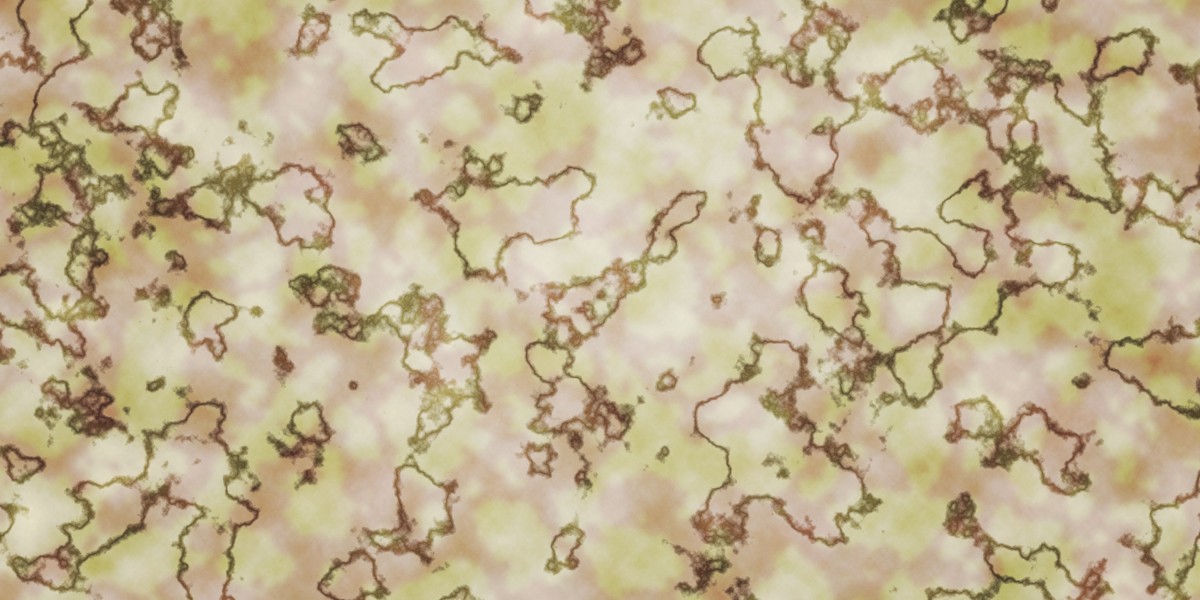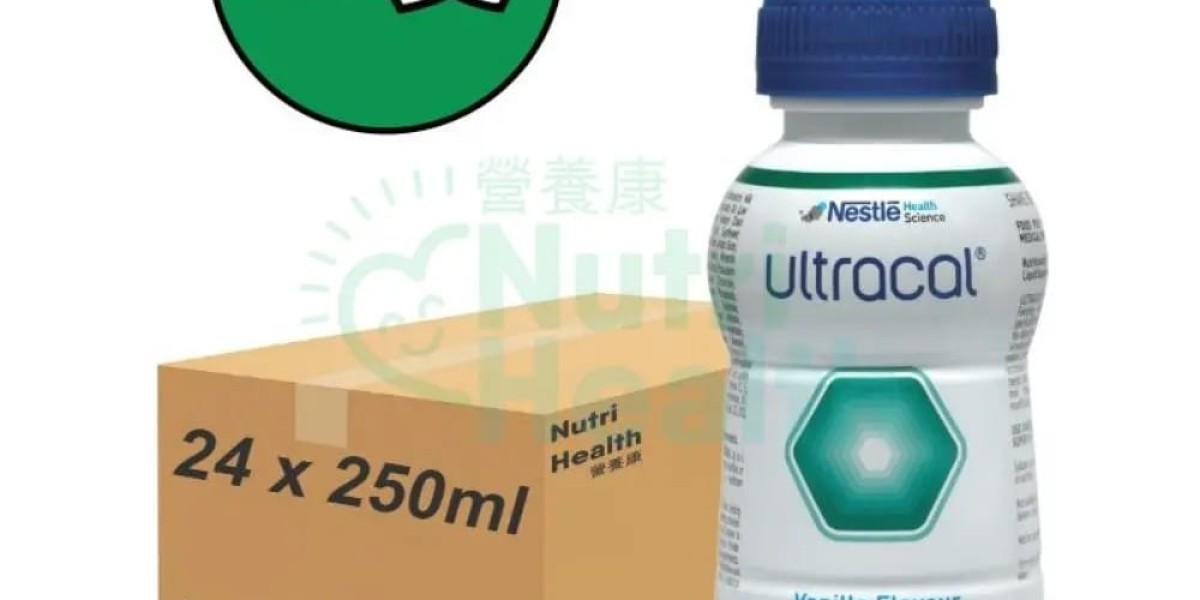Every great project in Wood Working starts with one crucial decision — choosing the right material. At The Wood Carpenter , we believe that understanding the differences between common wood types can make or break your carpentry results. Whether you’re building a simple bookshelf, remodeling furniture, or crafting home décor, each wood product — from Plywood to MDF, Particle Board, and OSB — serves a unique purpose. Knowing their properties helps you work smarter, save costs, and achieve stronger, cleaner results.
Why Understanding Wood Materials Matters
When you’re just starting out in Wood Working, it’s easy to think all wood is the same. But seasoned carpenters know that choosing the right material affects everything — from strength and durability to finish and longevity. Using MDF for outdoor furniture, for example, can lead to swelling and warping, while using solid wood in a humid room might cause cracking.
A simple Wood Working Tip: before buying, check the wood’s moisture resistance, density, and grain pattern. These small details can prevent major disappointments later in your project.
Plywood
Plywood is one of the most popular choices in modern carpentry. It’s made by gluing together thin layers of wood veneer, with each layer’s grain running in the opposite direction of the one below. This cross-grain design gives plywood exceptional strength and flexibility.
You’ll find it commonly used in furniture, wall panels, cabinets, and even flooring. Its biggest advantages are its durability, resistance to cracking, and ability to hold screws firmly. However, it can be pricier than MDF or particle board, and its edges often need finishing for a polished look.
At The Wood Carpenter, we recommend plywood when you need a balance between strength and visual appeal — especially for long-term home projects or furniture that sees daily use.
MDF (Medium-Density Fiberboard)
If you’re working on indoor projects that need smooth surfaces for painting or veneering, MDF is your go-to choice. It’s made by compressing fine wood fibers and resin under high heat and pressure, resulting in a dense and uniform board.
MDF cuts easily, doesn’t splinter, and offers a perfectly flat surface — ideal for decorative wall panels, cabinets, and shelves. However, it absorbs moisture quickly, which can cause swelling, so it’s not suitable for humid areas or outdoor use.
A helpful Wood Working Tip: always seal MDF edges with primer or paint to prevent water absorption and extend the board’s life.
Particle Board
Particle Board is one of the most budget-friendly materials used in carpentry. It’s made by bonding sawdust and small wood chips with adhesive under heat. While it’s lighter and cheaper than MDF or plywood, it’s also weaker and less resistant to moisture.
It’s ideal for temporary furniture, low-cost cabinetry, or interior structures that don’t bear much weight. To improve its look and durability, you can cover it with laminate or veneer. If you’re experimenting or learning, particle board is a good practice material for cutting, joining, and finishing.
One more Wood Working Tip from The Wood Carpenter: reinforce particle board joints with wood glue and use thicker screws to reduce splitting.
Oriented Strand Board (OSB)
OSB (Oriented Strand Board) is another engineered wood type made from large wood strands pressed together with resin. It’s similar to plywood in structure but more affordable. OSB is strong, consistent, and often used in construction — for wall sheathing, flooring, and roofing.
Its main drawback is appearance; the surface is rough, which makes it less attractive for visible furniture projects. However, when sealed properly, it performs well in environments where moisture exposure is moderate.
A useful Wood Working Tip: seal OSB with a waterproof coating before painting or using it outdoors to prevent expansion or surface flaking.
Solid Wood
Nothing beats the beauty and character of solid wood. It’s the natural, traditional choice for fine furniture, cabinetry, and artistic woodworking. Solid wood comes in two main types:
Hardwood (like oak, maple, and walnut): durable, heavy, and ideal for high-end furniture.
Softwood (like pine and cedar): lighter and more affordable, great for decorative and construction projects.
While it’s beautiful and long-lasting, solid wood requires maintenance and care to prevent warping or cracking due to temperature or humidity changes. Always check that your lumber is properly dried before use.
Comparing Common Wood Materials
Choosing the Right Material for Your Project
When selecting wood, always consider where the project will be placed (indoors or outdoors), your budget, and the type of finish you want. For instance, MDF works best for decorative indoor furniture, while plywood is a reliable choice for long-lasting structures.
If you’re new to carpentry, start small — test different materials, learn how they cut and finish, and take notes on their performance.
A final Wood Working Tip: don’t discard leftover wood. Even small scraps can be turned into creative crafts, tool racks, or home décor pieces.
Conclusion
Understanding the differences between Plywood, MDF, Particle Board, OSB, and Solid Wood can transform the way you approach Wood Working. Each material has its strengths, weaknesses, and ideal uses. By learning how to choose wisely, you’ll improve your craftsmanship and create pieces that last.
At The Wood Carpenter, our mission is to help every DIY enthusiast and craftsman make informed, confident choices. Explore our site for more Wood Working Tips, project guides, and hands-on tutorials to help you turn simple wood into lasting masterpieces.





